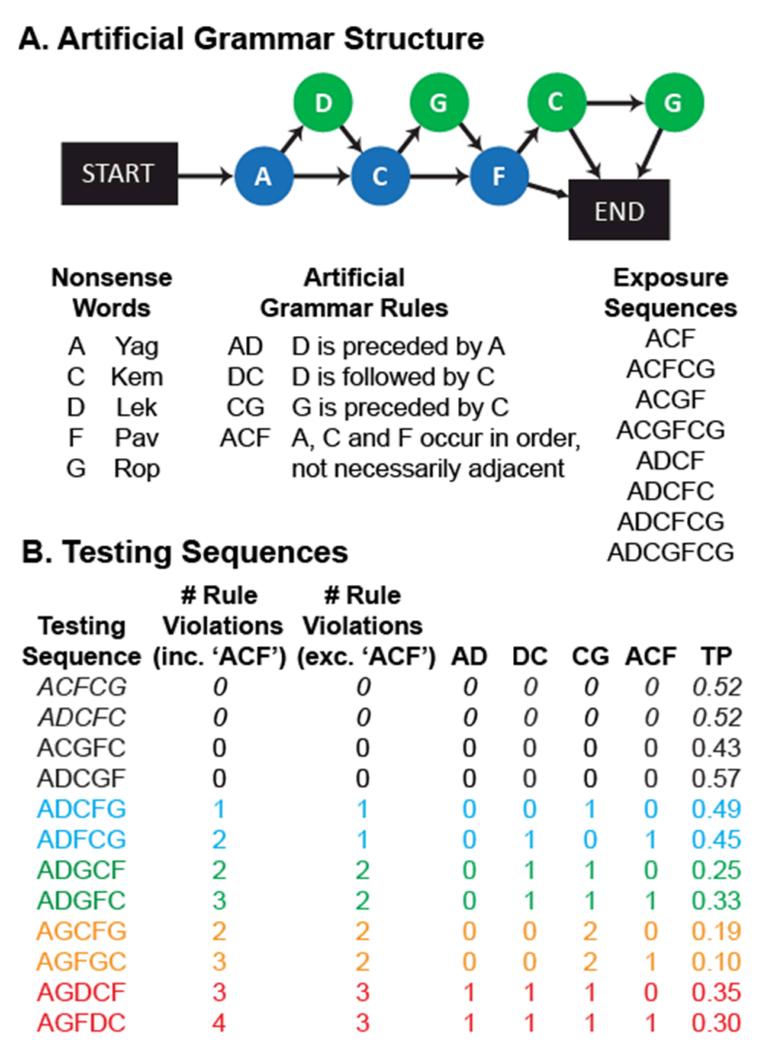Figure 1. Artificial Grammar and stimulus sequences.
(A) The AG contains five unique elements. Sequences (strings of nonsense words) consistent with the AG are generated by following any path of arrows from START to END. Violation sequences do not follow the arrows. The AG generates consistent sequences; however, all legal sequences must follow any of a number of ‘rules’, see text. The AG was used to generate 8 exposure sequences, which follow all of these rules. Each experiment began with an exposure phase where the human or monkey participants passively listened to the habitation sequences for 5 or 30 minutes, respectively. (B) Four ‘consistent’ testing sequences (black), were generated from the AG. The first two of these sequences (in italics) were also presented in the exposure period (familiar), while the second two were novel to the testing phase of the experiments. Each consistent sequence was presented twice in each testing run, to balance the number of consistent and violation sequences presented. Eight violation sequences were generated, including different rule violations and a range of transitional probabilities (TPs; see Methods). The sequences were designed in 4 pairs (denoted by colours). These pairs were matched as closely as possible for the rule violations they included and for their average Transitional Probabilities (TP). Moreover, the second sequence in each pair, but not the first, violated the nonadjacent, long-distance, ‘ACF’ rule.

